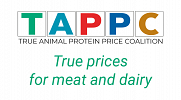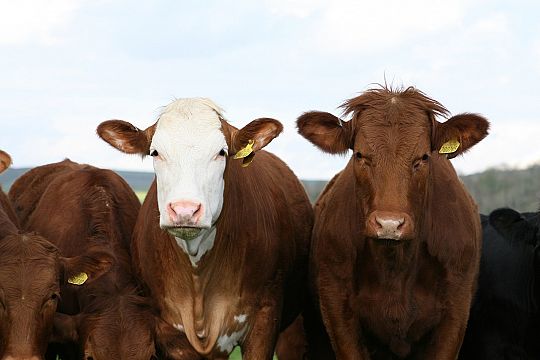EU Commission proposal: environmental taxes on farms
The EU Commission published a list of 14 environmental taxes that could be implemented at national level.
One such tax proposal is an intensive agriculture tax. Tax revenues can be recycled to reward extensive farmers. Other potential taxes, already applied in some EU member states are taxes on pesticides or fertiliser.
The new report is titled: Candidates for taxing environmental bads at national level.
The European Commission’s Directorate General for the Environment published the paper. This tries to answer the question: If we were to extend the approach of the Energy Taxation Directive to set minimum tax rates to a wider basket of products/resources and environmental impacts: what environmental impacts should we target through the imposition of an environmental tax, and (2) how should they be developed and implemented? The paper offers a compact overview of green taxes at national level, and it is a starter for discussing of these could be applied across the Member States as part of an Environmental Tax Reform.
A list of 14 possible taxes that could be taken forward is proposed from a wider list of over 40 env. taxes that are currently imposed in at least one Member State. As you can seen below, these cover agriculture but also circular economy instruments:
Tax on NOx (nitrogen).
Tax on domestic use of biomass and coal.
Landfill tax
Pay As You Throw Charge (PAYT)
Pesticide tax
Fertilizer levy etc.
Intensive agriculture tax
At present there is no such tax in the EU. In general, agricultural land is lightly taxed. Taxes imposed include: (a) land tax as an annual tax independent of the income from agricultural land and constituting a near-fixed charge calculated by the hectare; (b) income from leasing agricultural land, (c) inheritance tax, with advantageous fiscal measures for agricultural land and (d) property transfer
tax with advantageous fiscal measures for agricultural land, (e) a wealth tax and (f) a capital gains tax. Many of these taxes are not imposed at all in some member states and where they are imposed rates vary a lot (Sainteny and Dupuis, 2021).
.
These current tax measures for agricultural land do not steer towards using the best practices for biodiversity conservation, carbon storage or for reconciling crop production with biodiversity conservation in open areas prone to biodiversity loss. They can even sometimes incite land artificialization to the detriment of biodiversity, climate change mitigation, the landscape and
agriculture itself. The structure of present agricultural land taxation is essentially based on economic and social considerations (Sainteny and Dupuis, 2021).
A proposal for a tax that addresses environmental issues was made in Mottershead et al. (2021). The proposal considered was to apply it to grazing livestock based on livestock densities per hectare, to incentivize a lower low stocking densities at which damage to biodiversity through overgrazing would be reduced. Because grazing at low stocking densities is frequently beneficial, there should be a stocking density threshold below which no tax is paid. Revenue from taxing farmers with high stocking densities could also be paid to other farmers with low ones, to reflect the fact that farming at very low stocking densities is often a marginally economic activity.
The scheme was initially proposed for France, Ireland and Portugal with rates of 20€/LSU in Ireland and 70€/LSU in France and Portugal19. In the scenario with bespoke revenue recycling, tax revenues were to be used to invest back into the agriculture sector; in the one without revenue recycling (which may be unrealistic) the agriculture industry bears the costs leading to higher domestic and export food prices. Households faced with higher food prices see their real disposable income fall while higher
export prices cause negative competitiveness impacts.
The modelling of the impacts suggests that the intensive agriculture tax would not have a significant macroeconomic impact. In terms of employment, the model projects very small negative effects in France and Portugal in the scenario with bespoke revenue recycling. This is because investments in the agriculture sector tend to lead to the adoption of new technologies, with less labour required as
a result. They could also include investments in the green transition, organic farming, integrating more landscape features etc. Adoption of these would be incentivised to some extent by the tax.
The tax would also lead to reductions in real income for all income groups in all scenarios. The negative effects on real incomes are driven mainly by the increase in food prices for households. The magnitude of the effect, however, is small for all income quintiles: less than 0.1% in all countries. Effects on trade are also expected to be minimal.
As such a tax has not been implemented, considerable work will be needed to design the instrument in detail and obtain agreement on its implementation. There is likely to be opposition from farmers practicing intensive agriculture, which would need to be addressed.


